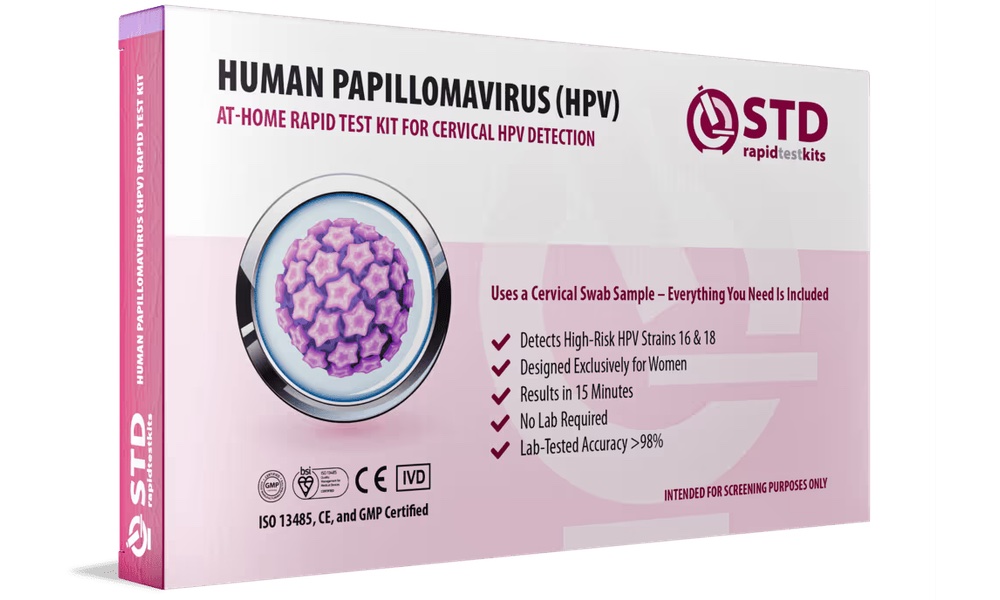Millions of people depend on the Supplemental Nutrition Assistance Program (SNAP) to receive adequate food and nutrition, but the program only provides about half of what it actually costs to eat a healthy diet, a study has found. This leaves many low-income households without the means to meet the government’s dietary guidelines.
The cost of following the current Dietary Guidelines for Americans as represented by the USDA’s MyPlate for three meals a day was estimated, using retail price data from the USDA. The cost of following USDA's MyPlate guidelines was estimated for children, adolescents, female adults, male adults, female seniors, male seniors and a four-person family.
The costs involved when trying to shop for food and eat according to the dietary guidelines can vary a great deal. Since so many variables could be at play, the costs were estimated based on several scenarios — such as buying fresh versus frozen produce, eating only frozen produce or following a vegetarian diet. Labor costs for shopping and meal preparation were included, too.Given the increase in nutrition-related chronic diseases over the past 50 years and the annual $270 billion price tag just for treating heart disease, policymakers need a true and current picture of the cost of eating a healthy diet.
Eating only fresh fruits and vegetables was the most expensive way to satisfy the guidelines. The least expensive way to comply was to eat a vegetarian diet. Overall, SNAP covered 43 to 60 percent of the cost of eating a diet that follows the current Dietary Guidelines for Americans.
Imagine a household of four with a mother, father, one 8- to 11-year-old child and one 12- to 17-year-old child that qualifies for SNAP benefits. To follow the dietary guidelines eating only fresh produce, they would need an additional $629.95 each month on top of their SNAP benefits. If they ate a vegetarian diet, they would still need to spend $487.39 more than their monthly benefit.
Children under eight years old and women over 51 were the only groups that could afford the dietary guidelines with SNAP benefits. Older children — especially teenaged boys — younger women, and men of any age could not.
As its name implies, SNAP was never meant to fully cover the cost of food, only to serve as a supplement. But many low-income households don't have an extra $500 or $600 in their monthly budget to spend on food, explained Lindsey Haynes-Maslow, one of the authors of the study.
The study is published in the Journal of Nutrition Education and Behavior.





